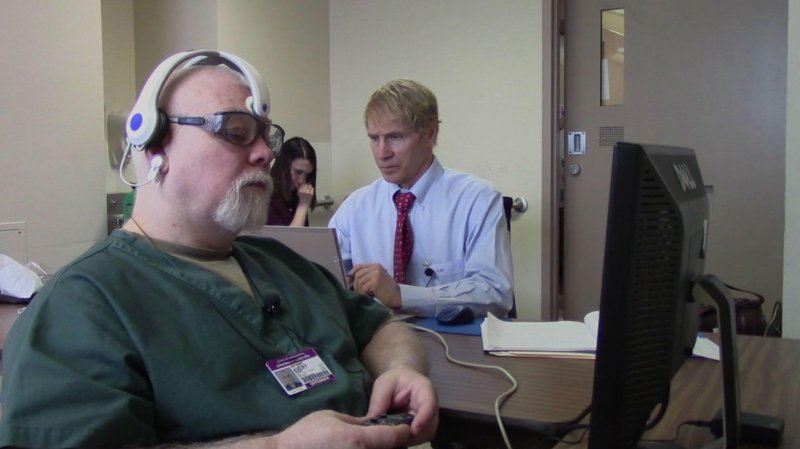Coupled with powerful microelectronics, science’s understanding of the brain is opening the door to new ways of handling criminal investigations and screening potential employees. Several recent applications involve variants of the “guilty knowledge” test, in which investigators try to determine the presence or absence of specific memories implying a person’s guilt by recording electric signals from the head.
…
Brain fingerprinting may seem similar to a polygraph (usually called a lie detector), but it differs in important ways. A polygraph measures physiologic responses such as heart rate, sweating, breathing, and other processes that are only indirectly related to brain function. Brain fingerprinting’s information comes directly from brain function. It and other related tests do not measure truthfulness, but seek to determine whether the subject has a particular memory.
Cochlear implants aroused great controversy in the deaf community for reasons unforeseen by the engineers, physiologists, and physicians who developed them. Retinal prostheses, brain-controlled robots, and similar devices have the potential to improve the lives of the people who receive them, but these technologies will certainly bring negative consequences that we cannot clearly foresee. Even if we can never fully anticipate the impact of employing these technologies, it is important to try.































